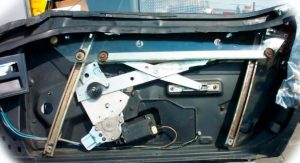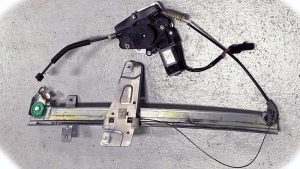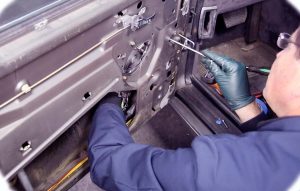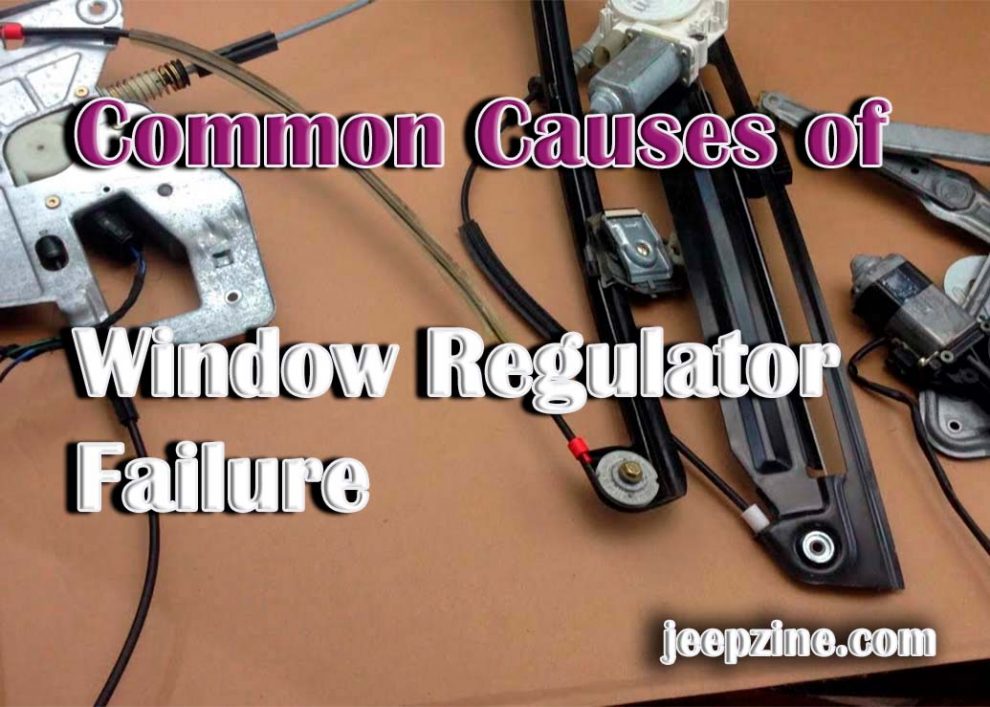Window regulators are an essential part of your car’s window system. They are responsible for the movement of the window glass, allowing it to be opened and closed. They are usually found in door frames and comprise various components such as motors, cables, tracks, and switches. The function of a window regulator is vital for safety and convenience when using your vehicle.
Function and Importance of Window Regulators

Types of Window Regulators
There are two main types of window regulators: manual and electric. Manual window regulators use a manual crank handle connected directly to gears, which move the regulator arm that opens or closes the windows. Electric models use an electric motor instead that is located inside the door frame with wires connecting it directly to switches that operate them on either side of the door panel.
It’s also beneficial to grasp techniques that can help during emergencies or unexpected circumstances. One such critical skill includes knowing how to open a car window from the outside. This technique may come in handy in situations where you’re locked out of your car or need to aid someone inside a locked vehicle.
Common Causes of Window Regulator Breakage
Window regulators are built to last but can be prone to breakage due to several factors. These include:
Wear and Tear: Window regulators are subject to wear and tear as they are used frequently. Over time, the components of the window regulator can start to deteriorate or become loose, resulting in a malfunctioning window regulator.
Corrosion and Rust: Exposure to moisture or water can cause corrosion, eventually leading to rusting of the metal parts of the window regulator over time. This can result in a lack of lubrication which will eventually cause damage or breakage.
Faulty Installation: Improper installation or mishandling of a window regulator during repair or replacement may also lead to failure in some cases. The cables may be installed too tightly or not securely fastened, which could prevent them from functioning correctly and thus leading to breakdowns over time.
Defective Components: Sometimes, defective components such as faulty motors and switches might be used during installation, which could lead to premature breakdowns due to their poor quality and inability to handle intensive use over long periods.
External Factors and Accidents: Accidents such as a car crash or an impact from an object can cause the window regulator to break down. The components may become damaged and unable to be repaired, requiring the replacement of the whole unit.
Signs of a Failing Window Regulator
When it comes to deciding whether your window regulator is failing or not, there are some telltale signs that you can look out for. These include:

Unusual Noises: You may also hear strange noises coming from inside the door frame when you try to open or close the windows. This could indicate faulty parts in the motor that need to be replaced immediately before further damage is caused.
Inability to Open or Close Windows: In some cases, the window regulators might stop functioning completely and thus preventing you from opening or closing your windows altogether. If this happens, it’s best to replace it as soon as possible before further damage is caused due to water leakage into your car’s interior.
Window Detachment: If you find that the window glass has become detached from its regulator, it’s likely that the cables or tracks have worn out and need to be replaced.
Preventive Measures and Maintenance
To ensure that your window regulator functions optimally for a long time, it’s important to take preventive measures such as:
Regular Inspection: Regularly inspect your window regulators for signs of corrosion or wear and tear, and replace any defective parts immediately. This will help prevent any further breakdowns in the future.
Lubrication and Cleaning: Make sure to lubricate all metal components regularly with rust inhibitor oil, so they don’t suffer from corrosion due to exposure to water or moisture. You can also use cleaning agents such as WD-40 to clean the tracks on which the windows move up and down, ensuring their smooth functioning over time.

Replacing: If the window regulator is beyond repair, it’s always better to replace it with a brand-new one as soon as possible. This will ensure that you get optimal performance and safety from your windows and keep them functioning properly for years to come.
Conclusion
Window regulators are an essential part of any car’s window system, providing power to open and close the windows and security measures by keeping intruders out. To ensure their longevity, preventive measures such as regular inspection, lubrication, and cleaning should be taken along with proper installation and repairs whenever necessary. If all fails, don’t hesitate to replace your window regulator with a new one so you can get optimum performance from your windows over the years.


Add Comment